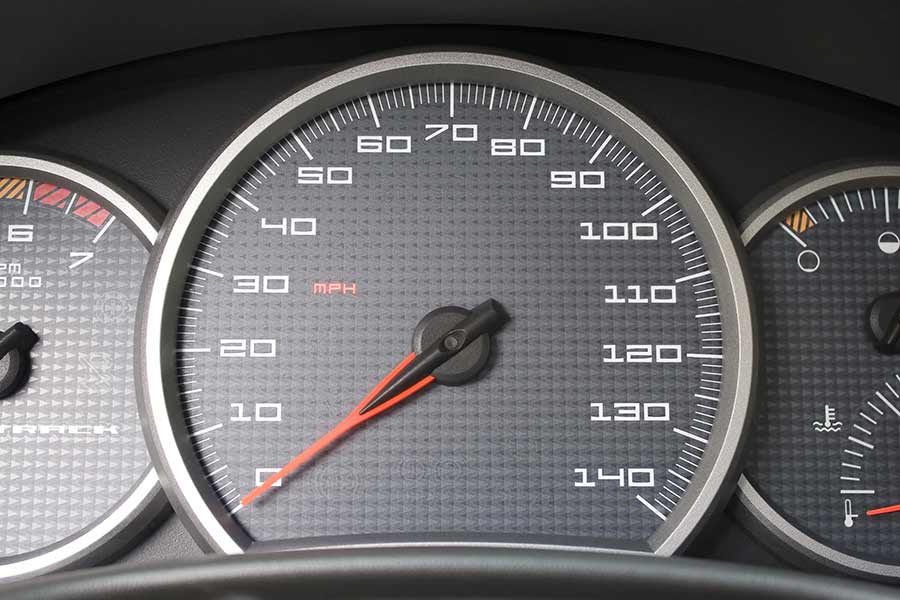Using your vehicle for business purposes can add up to a big deduction at tax time if you’re able to write off some of the cost. Taxpayers can choose between using the actual expense method or the standard mileage rate to figure out how much the deduction is worth. Since claiming actual expenses tends to be a little more complicated, it often makes sense to base it on how far you’ve driven instead. The IRS is increasing the standard mileage rate for 2015, so if you’re on the roads regularly for business, here’s what you need to know.
How the New Rate Adds Up
Drivers who use their personal vehicle for business are seeing a pretty generous boost in the new year. As of January 1st, the standard rate is set at 57.5 cents per mile, a 1.5 cent increase over the 2014 rate. The jump is largely due to inflation, which is making things like repairs and maintenance more expensive, despite the fact that gas prices have been on a steady decline.
The standard mileage rate also includes an amount for depreciation, which reduces your basis if you end up selling the vehicle down the road. For 2015, the portion of the standard mileage rate that’s treated as depreciation increases from 22 cents to 24 cents per mile. Keep in mind that these changes apply when you file your taxes in 2016; for your 2014 return, you’ll still be using the old rate.
Interestingly, the IRS actually decreased the rate for taxpayers who deduct miles driven for medical or moving purposes. As of 2015, it drops a half a cent to 23 cents per mile. The rate for miles driven for charitable organizations is fixed at 14 cents and doesn’t adjust for inflation.
Who Can Deduct Business Mileage?
If you’re planning on deducting your business miles, you need to be aware of what the rules are for including them on your taxes. Generally, to use the standard mileage rate you have to own or lease the car you’re claiming the deduction for. You also can’t use the standard rate if any of the following apply:
- You operate five or more cars at the same time for business
- You claimed a depreciation deduction for the vehicle in question but didn’t use the straight-line method
- You claimed a Section 179 deduction for the vehicle
- You claimed a special depreciation allowance
- You claimed actual expenses for a car you lease after 1997
- You’re a rural mail carrier who receives a qualified reimbursement
The IRS mandates that you have to use the standard mileage rate for the first year the vehicle is available for business use. After that, you can decide whether to continue with that method or switch over to using actual expenses. The only exception is if you lease the vehicle, in which case you have to use the standard rate for the entire lease term.
You should also note that standard mileage can’t be used for business equipment, such as dump trucks or vehicles for hire, like taxicabs. If you normally deduct other travel expenses such as tolls or parking fees, you can still claim these along with the mileage deduction as long as you’re not writing off any depreciation value.
What Miles Are Deductible?
Business miles are only deductible in certain situations. You can’t, for instance, include your normal commute from your home to work and back again. The IRS also doesn’t allow you to include any miles driven for personal use, even if you’re traveling on business. Generally, you can count the miles toward the standard rate when:
- You’re driving to a business meeting at someplace other than where you normally work
- You’re driving to or from a temporary workplace
- You’re traveling from your normal workplace to a second workplace, as long as it’s for the same job or business
- You’re driving to meet a customer or client in location outside your normal place of business
Keeping a detailed log of the dates you travel, the number of miles you drive and the purpose of the trip is a must if you’re planning on claiming a mileage deduction. If you end up being selected for an audit, you’ll need those records to prove that the deduction is valid. If you’re also planning to deduct your toll or parking fees, you should be keeping receipts of every transaction that show the amount, date and location of each expense. Otherwise, you could end up with a major headache on your hands if the IRS decides to come calling.



Leave a Reply
You must be logged in to post a comment.